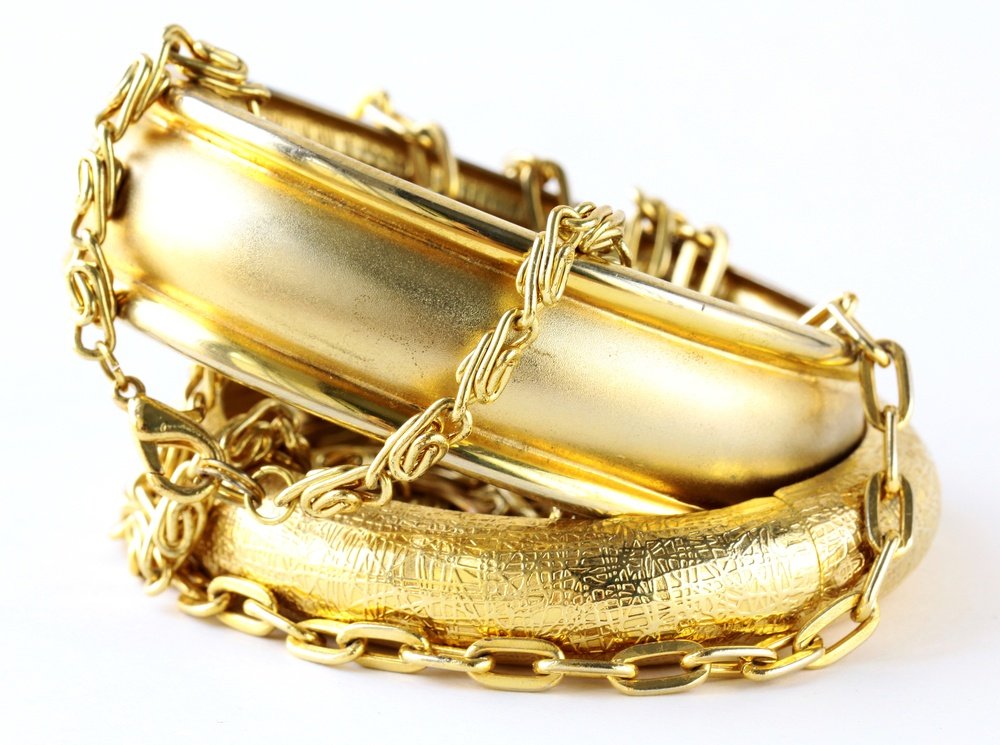The Role of Precious Metals Buyers on Changing Accessory Pricing Shifts
Aurum has been a valuable asset for centuries, and its impact on the ornamentation market is significant. The appetite for gold adornments often mirrors the cost of the metal. As more people acquire gold for various reasons, including financial security and decoration, changes in gold pricing trends can affect how jewelry is valued. Retailers must adjust their approaches based on these fluctuations to remain competitive. Understanding these dynamics helps consumers make informed decisions when buying gold jewelry.
A major element in the shifting pricing trends of jewelry is the influence of gold buyers. These individuals and firms purchase gold from vendors, which can include both consumers and businesses. When there is strong interest from metal buyers, it can lead to an rise in the price of gold. This upsurge affects retailers, who may have to raise their rates to cover the higher expenses of acquiring gold. Therefore, the decisions of gold buyers directly influence how much consumers spend for their jewelry.

In addition to demand from buyers, the international market also affects gold values. Factors such as financial conditions, straight from the source exchange rates, and global trade deals can cause fluctuations in the price of gold. For example, during times of financial instability, more people may opt to purchase gold as a secure asset. This surge in demand can lead to rising costs for unrefined gold, which consequently raises prices for finished jewelry. Retailers must monitor carefully these international patterns to effectively price their products.
Additionally, buyer tastes play a key part in shaping jewelry pricing trends. As design trends evolve and new collections emerge, buyers may favor different types of gold pieces, such as necklaces, bracelets, or bands. When specific looks become trendy, it can lead to greater interest for those pieces and increase costs. Jewelers need to balance their inventory with current consumer demand while also considering the cost of resources. Responding to consumer preferences allows jewelers to remain competitive and profitable in a competitive market.
Ultimately, grasping the influence of precious metal purchasers on market pricing for jewelry helps both sellers and consumers manage this dynamic market. By recognizing elements reference such as purchasing trends, global influences, and changing consumer preferences, all stakeholders can make smarter choices. Whether someone is planning to invest in gold or simply acquire a piece of jewelry for individual enjoyment, being aware about how these elements connect will lead to more favorable decisions in the gold jewelry market.